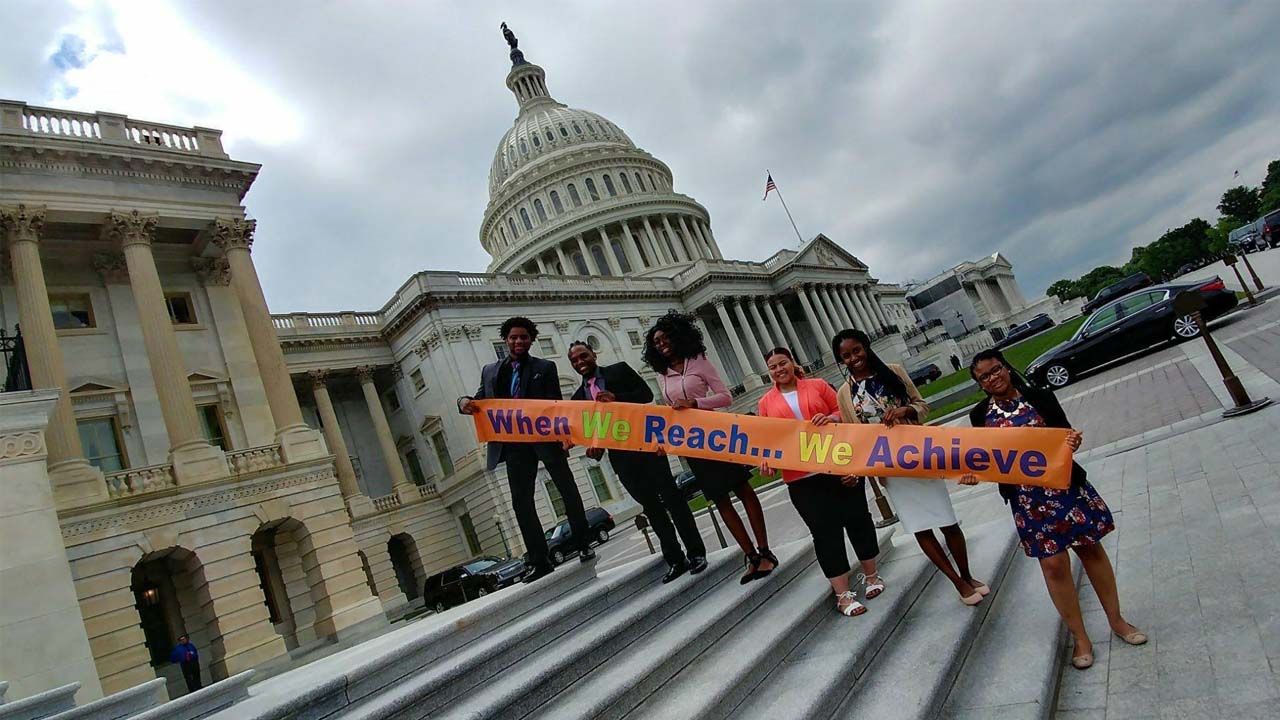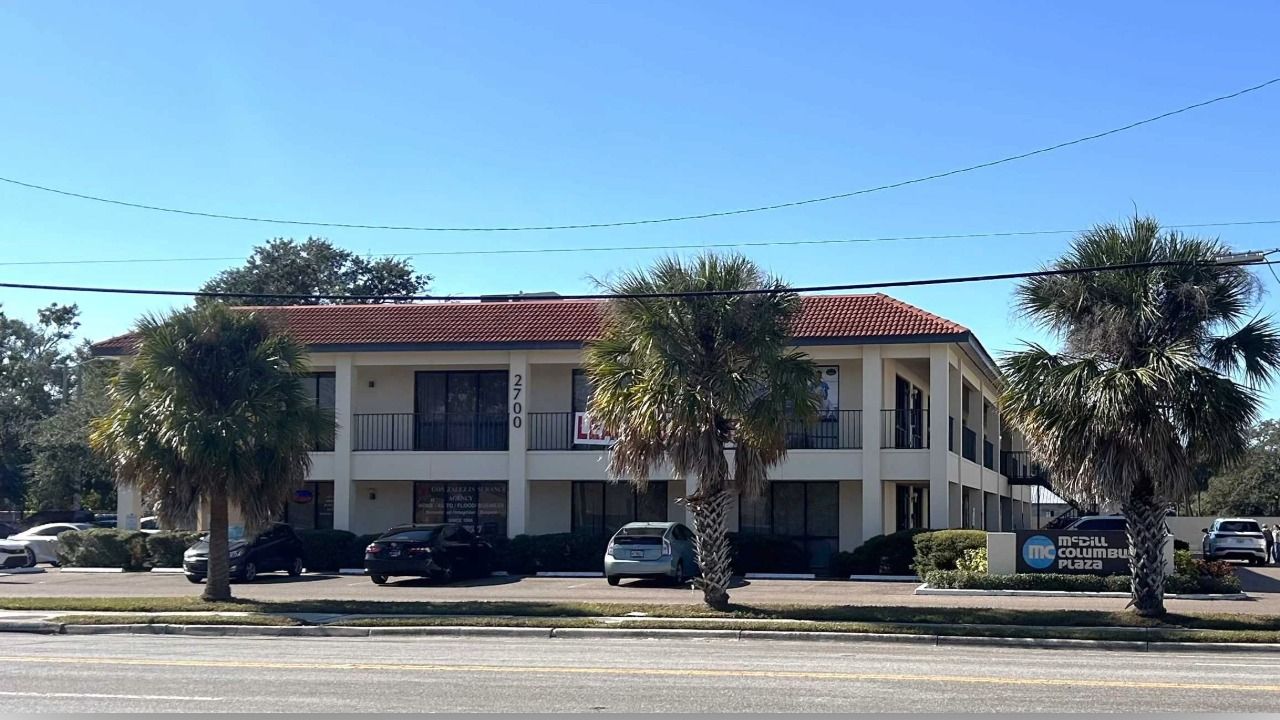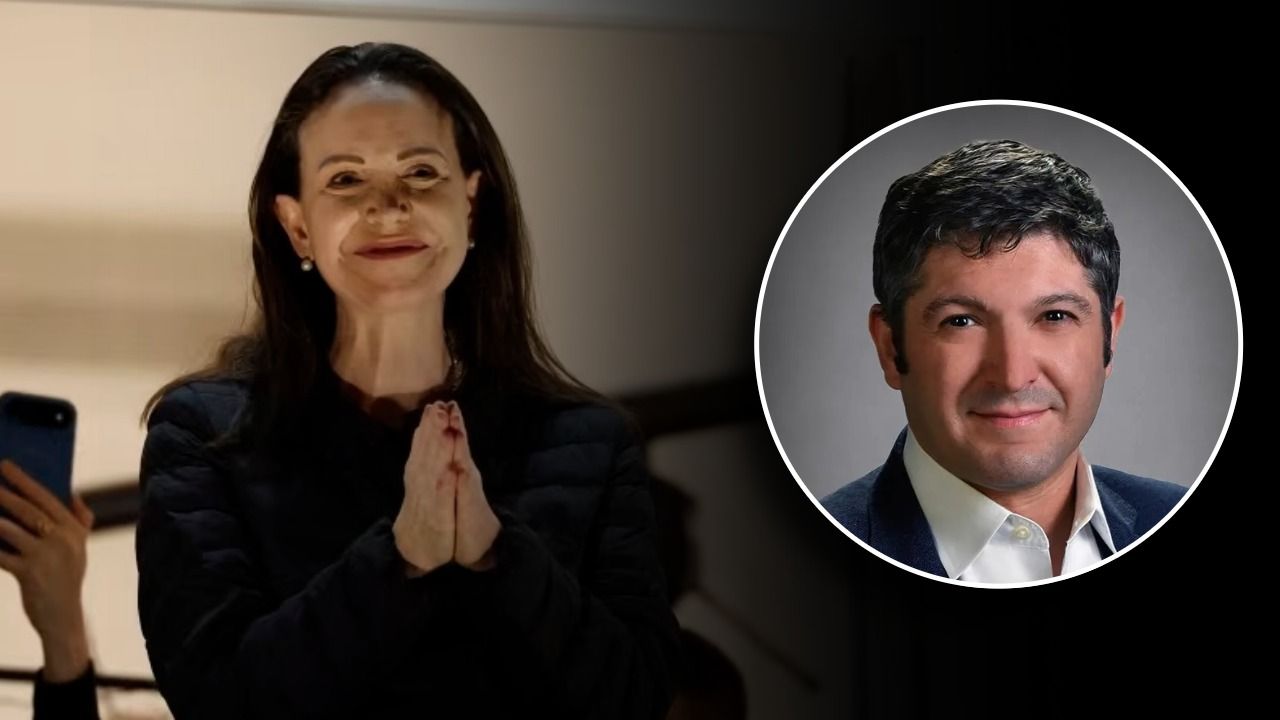For Michael DiBrizzi, president and chief executive officer of Camelot Community Care, there’s magic in every moment that’s spent helping a child, or family, in need. As a nonprofit organization dedicated to child welfare and behavioral health, Camelot serves more than 15,000 children and families, a day.
Although best known for facilitating foster care and adoption across Florida, DiBrizzi believes Camelot’s intervention programs are also central to its ethos.
“Our prevention programs are important because, at the core, we believe children should be placed with their families,” DiBrizzi says. “Our family safety and preservation programs are set up to support identified families to prevent children from coming into foster care. Family Reunification Services aims to repair and reunite families. And if we can be successful, we can eliminate that trauma of being separated from your family.”
The benefits are enormous; as DiBrizzi points out, it costs taxpayers between $25,000 to $30,000 to financially support one child in foster care and the emotional cost to a family, and community as a whole, is incalculable.
Camelot Community Care started as Camelot Care Centers, founded in 1973 by James Spicer. A family-run, community-based, organization focused on children, Spicer grew the organization from his home state of Illinois to Tennessee and Florida. When he retired, in 1999, Camelot Community Care emerged in Florida as a new entity with the same family-centered values, a nonprofit taking over the existing programs and expanding its Florida operations. Camelot also, later, took over programs in Ohio.
DiBrizzi started with Camelot in 1994 as a case manager. Originally trained as a high school social studies teacher, he only had one year in the classroom before being forced to enter the teacher’s pool. Budget cuts put a moratorium on hiring any new teachers and when a friend recommended he apply at Camelot, DiBrizzi saw an opportunity to keep working with young people while he waited for the school district to ease its restrictions. Instead, DiBrizzi thrived in his new work with underserved youth, working his way through various roles and up to CEO, in 2007.
Under DiBrizzi’s leadership, Camelot has expanded its programs. From 2002 to 2010, Camelot facilitated every adoption in Hillsborough County, with over 4,000 placements. Yet, even when managing that success, Camelot rose up to a challenge thrown down by one of their board members, an adoptive parent, who suggested there needed to be supported in place for adoptive families, after bringing their children home.
“We realized that it is important to remember that adoption is a journey. Many children have experienced abuse or neglect, and it takes a long time to heal from the trauma. Just because they’re adopted into families doesn’t mean a child is magically healed of everything. There needs to be ongoing work,” DiBrizzi says. “So we developed an evidence-based, trauma-informed, post-adoption program that serves hundreds of families every year, from families where the adoption is about to break up to families that just need support and education.”
Camelot filled an important gap in care and DiBrizzi credits the “public and private partnership” in place, where we have a lot of donors that support our work.”
Another program in which DiBrizzi takes special pride is Camelot’s independent living program.
DiBrizzi says every year about 150 children will turn 18 years old while in foster care in the Tampa Bay area, despite Camelot’s efforts.
“We are really trying to prevent this scenario as a child welfare system. We want to find permanence, much earlier, whether through reunification or through adoption, but if a child does turn 18 while still in the foster care system, there is a whole support network set up and that’s what we operate through our independent living program,” he says.
“They are the most resilient young people you will ever meet,” DiBrizzi continues. “They’ve been through things that no one should ever have to go through, for no fault of their own. And when they get around 15 or 16 years old, the children recognize that they’ve got to do something to turn their lives around … and we’re there to support them. We have a team of child welfare professionals that help them with housing, help them with life skills training or on-the-job training.”
DiBrizzi points out that there are many opportunities for the community to step in and support this work.
“Banks can teach financial literacy, different industries will come and talk about job training. We have people coming in from around the area,” he says.
DiBrizzi emphasizes that it takes the entire community to support marginalized families. All of Camelot’s services are driven by its team of individuals and supported by local donations.
“We don’t have any brick-and-mortar types of facilities,” DiBrizzi says. “All of our services are provided in the community. So our staff goes out to visit the children and families where they live or where they go to school or work. We have over 1,000 employees out, every day, to support the children and families in our caseloads.”
The Tampa Bay area has one of the highest rates of abuse and neglect of all the state of Florida.
“Child abuse and neglect are not problems that an organization like us can solve alone,” continues DiBrizzi. “It is a community problem.”
DiBrizzi says he believes we also have the resources and the ability to support these families.
“Through partnerships with donors, and mentors, with our volunteers and our foster parents, we are making a difference to the families we serve who are resilient, who want to overcome what’s happened in their lives, who want to get to a point where their children are safe and their children are living in a family. But we can’t do it alone,” DiBrizzi says. “It has to involve the entire community. If you are willing to be part of helping our children and helping the community, then we will find a role for you. The old cliche that a community is measured by the health of its children, is true. And our mission is to end child abuse and neglect within our community.” ♦













